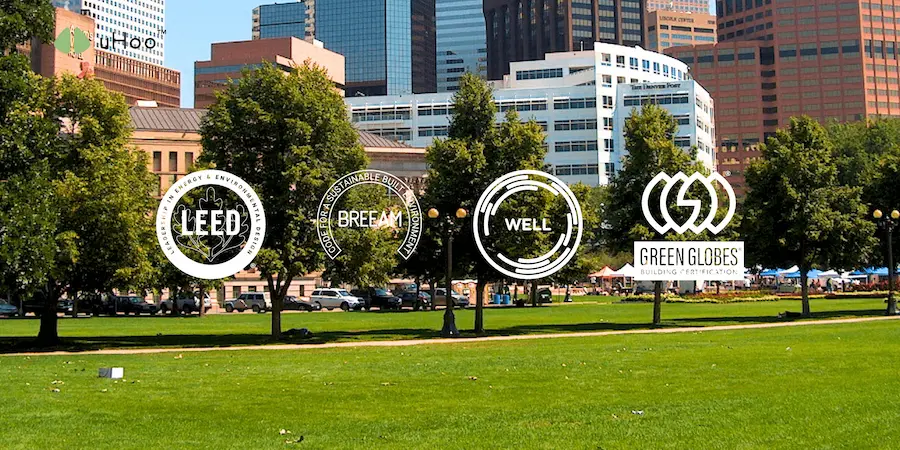Trust is a valuable commodity for businesses and building owners. Consumers, tenants, and investors are no longer satisfied with vague claims of sustainability. They demand tangible proof of commitment to environmental responsibility and occupant well-being. This is where green building certifications step in, serving as powerful tools for building trust and credibility.
Green certifications, such as LEED, WELL, BREEAM, and Green Globes, provide a standardized and third-party verified assessment of a building’s environmental and health performance. They eliminate ambiguity and offer concrete evidence of a building’s sustainability credentials.
Here’s how these certifications foster trust:
- Independent Verification
- Green certifications rely on rigorous evaluation processes conducted by independent experts.
- This third-party verification ensures objectivity and eliminates the potential for greenwashing.
- By achieving certification, building owners demonstrate a commitment to transparency and accountability, building trust with stakeholders.
- Standardized Metrics and Benchmarks
- Green certifications establish clear and measurable metrics for evaluating building performance.
- These standardized benchmarks provide a common language for communicating sustainability achievements.
- Stakeholders can easily compare and evaluate different buildings based on their certification levels, fostering trust through clarity and consistency.
- Demonstrating Commitment to Health and Well-being
- Certifications like the WELL Building Standard prioritize occupant health and well-being.
- By achieving these certifications, building owners demonstrate a genuine concern for the health and comfort of their occupants.
- This commitment to well-being builds trust with tenants and employees, fostering a sense of security and confidence.
- Enhancing Brand Reputation
- Green certifications enhance a building owner’s or developer’s brand reputation as a leader in sustainability.
- This positive image attracts environmentally conscious consumers, tenants, and investors.
- By aligning with the values of their stakeholders, businesses can build stronger relationships and foster long-term trust.
- Providing Tangible Evidence of Performance
- Green certifications provide tangible evidence of a building’s environmental and health performance.
- This evidence can be used to communicate sustainability achievements to stakeholders.
- By providing concrete data and documentation, building owners can build trust through transparency and accountability.
Achieving and maintaining green certifications often requires continuous monitoring and optimization of building performance. uHoo air quality monitors can play a crucial role in this process.
These monitors provide real-time data on key air quality parameters, such as PM2.5, VOCs, CO2, temperature, and humidity to identify and address potential air quality issues, ensuring that buildings meet the stringent requirements of green certifications. The data collected from uhoo devices can be used in the process of gathering the data required to achieve many green certifications.
In conclusion, green certifications are more than just badges of honor. They are powerful tools for building trust and credibility in an increasingly sustainability-conscious world.



